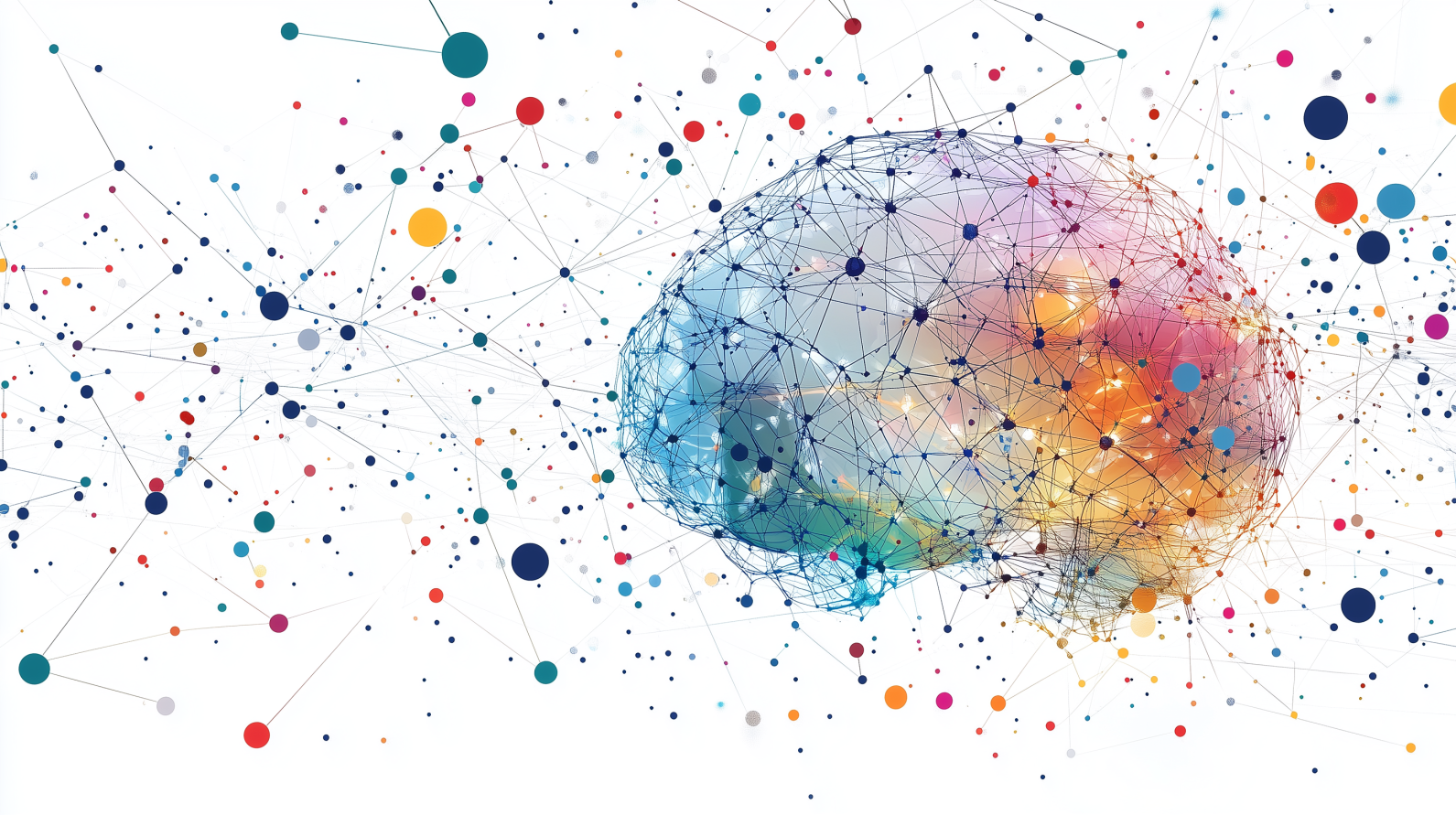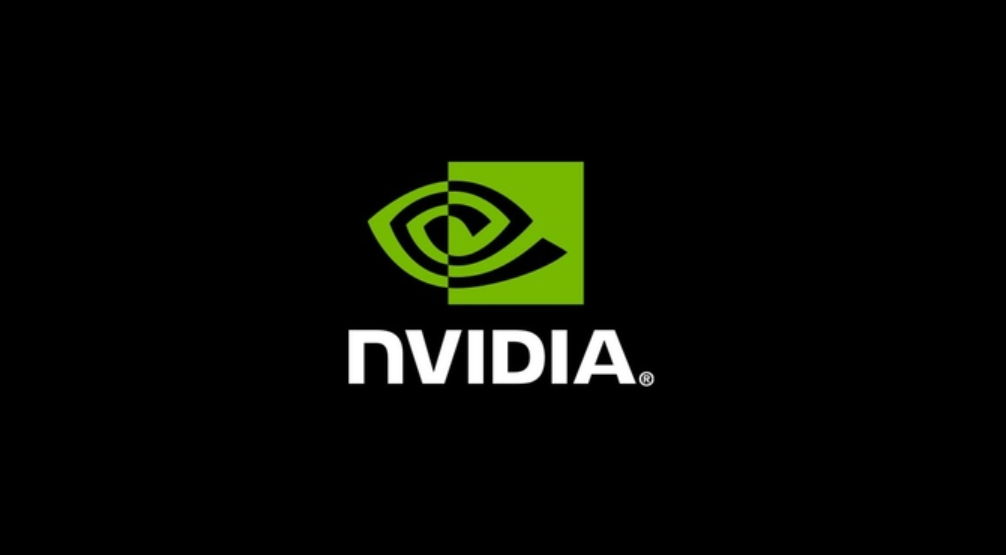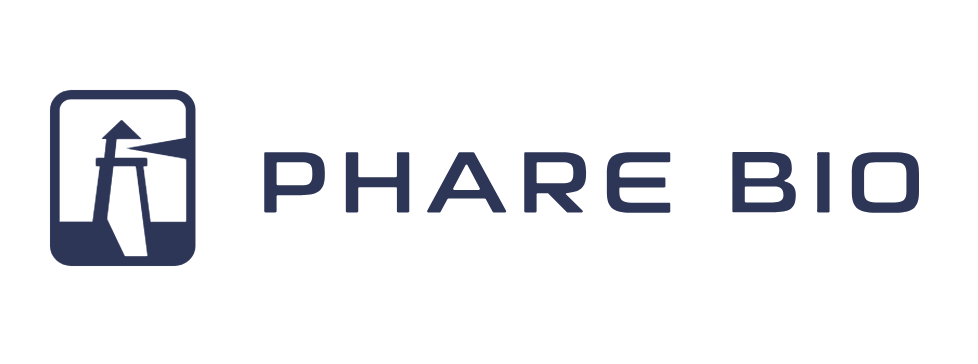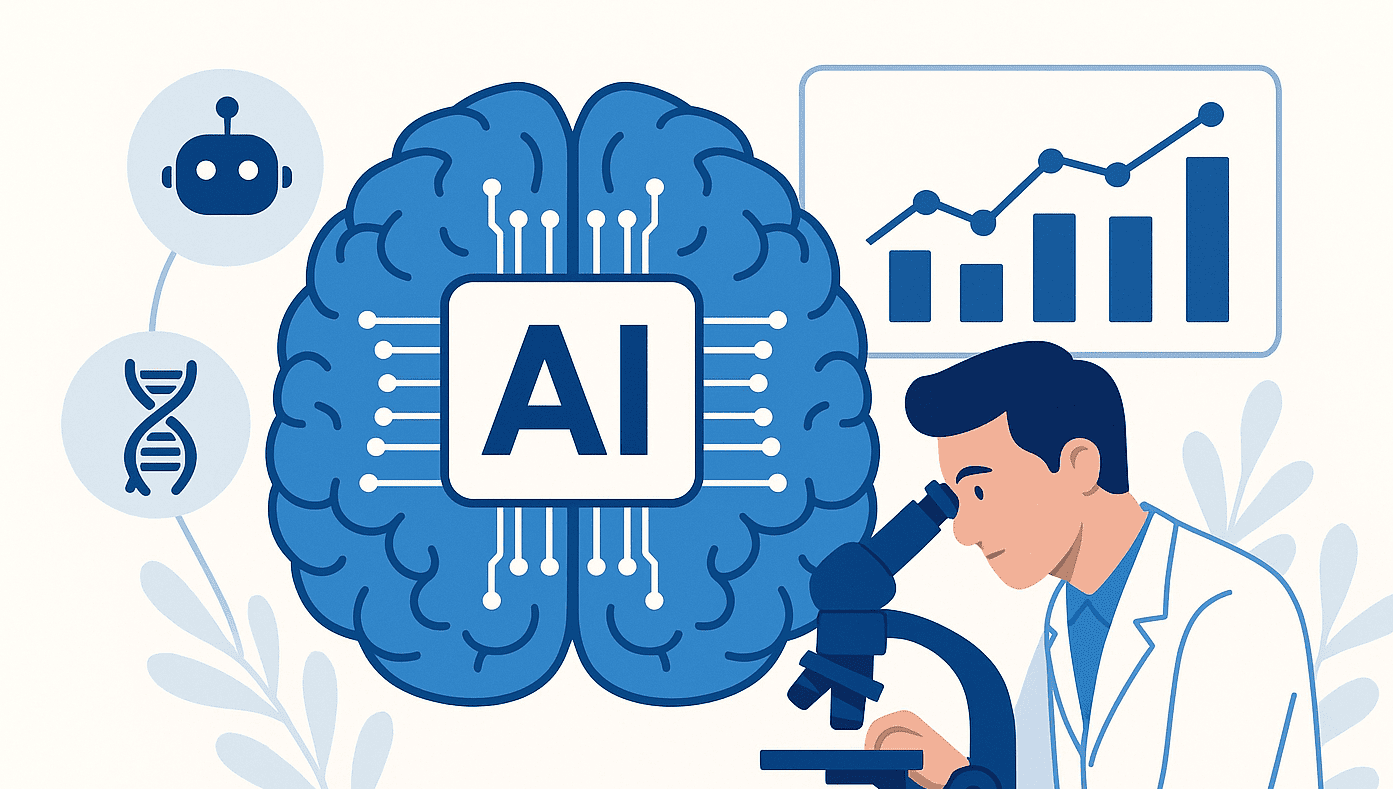Guest Post By
Jonathan Watson, Bosun Research Intelligence
The next five years will witness the rapid emergence of dynamic and interconnected LLM ecosystems or clusters, transforming how we interact with and leverage artificial intelligence. Prices will drop as LLMs and similar functional models become commodities, and Gen AI models will proliferate throughout the economy.
All generative AI models, whether stable diffusion or language models, are inherently influenced by certain biases. Gen AI models develop a unique personality; some produce higher-quality output or have a specific focus. Additionally, some models may generate complete hallucinations. These differences will become features.
The next step in leveraging AI’s potential involves multi-model dynamic networks that link together two or more, or even hundreds or thousands of these standardized Gen AI models, into tailored networks. This article and the accompanying paper examine the investment prospects related to the infrastructure necessary for the optimal functioning of these networks.
Picture not one GPT-5, but thousands of models: some trained on regulatory code, others on oncology research, military doctrine, or customer sentiment. These models will not operate in silos. They will form dynamic networks—linked by orchestration layers, real-time data flows, and verification protocols —enabling seamless integration and collaboration.
Thousands of models networked into clusters are giving rise to a global utility layer of intelligence—interconnected, on-demand, and commercially integrated. This new layer won’t be built on a single platform, but on a dynamic mesh of specialized, diverse, uniquely biased models—each functioning like a neuron within a global cognitive system. These models, connected through orchestration filaments and protocol-based synapses, form a distributed architecture that flexes, scales, and reconfigures based on the objective.
The infrastructure required to support this evolution is already taking shape. This article identifies six foundational pillars—from orchestration and data streaming to trust frameworks and user interfaces—underpinning this AI utility layer. Each represents a technical necessity and a commercial opportunity: domains where capability, control, and economic leverage converge.
The Landscape: Project-Based AI Assembly and Model Networks
In 2025 and beyond, AI will no longer be delivered as a fixed platform. It is dynamically assembled models and data pipes. Artificial Intelligence is a composite: transient clusters of specialized models are assembled based on the task requirements, data environment, and commercial terms governing access. These model clusters are orchestrated in real-time, operate across distributed infrastructure, and dissolve once their objectives are met and commercials are settled. The system behaves less like an app and more like a just-in-time supply chain—except the raw material is intelligence, and the output is strategic execution.
In this environment, intelligence is not centralized—it is networked. What matters is not ownership of any single model, but control of the connective layers —the orchestration, streaming, and security fabric that enable functional composition.
The Six Pillars of Generative AI Infrastructure
1. Orchestration Engines
Orchestration engines are the routing hubs in a dense, economically entangled ecosystem of AI models. These engines don’t just coordinate steps in a workflow—they resolve complexity: each model may have its commercial agreement, inference cost, access protocol, latency profile, and embedded bias that needs to be managed with Hollywood Agent skills.
Orchastartion works like this: Source a high-trust financial model for forecasting, a regulatory compliance agent behind a paywall, and a marketing sentiment engine trained on targeted user-generated content. The orchestrator dynamically selects which models to route through, prioritizing them based on latency, reliability, licensing conditions, and trust factors. The commercial handshake is automated, and contracts are executed.
For example, in a live pricing scenario, an orchestrator might:
- Pull margin targets from a private ERP-tuned LLM,
- Validate competitor pricing from a model gated behind a usage-based API,
- Cross-check compliance from a regional tax model with strict access controls.
- And choose not to route to a fast but biased summarizer that tends to skew results.
This is more than just tool chaining—it’s dynamic negotiation among agents in a federated economy of intelligence.
2. Interoperability Standards: Enabling Seamless LLM Communication
Interoperability standards are designed to enable seamless communication between different LLMs, as well as other AI systems, software applications, devices, and data repositories. They achieve this by establishing a common “language” that allows these disparate systems to connect, communicate, exchange information, and work together effectively.
This “common language” consists of a range of agreed-upon rules, protocols, data formats, terminologies, and API specifications.
Specifically, in the context of LLMs, interoperability standards are important for several reasons:
- API Interactions: They define how applications request services from LLMs (or orchestration hubs) and how responses are formatted. Standardized function calling schemas (often JSON) enable LLMs to interact predictably with external tools.
- Data Exchange: They specify formats for data used in training, fine-tuning, or providing context to LLMs (e.g., via RAG). This includes both general formats (like JSON, XML) and domain-specific standards (like HL7 FHIR in healthcare).
- Semantic Understanding: They ensure that the meaning of exchanged data is consistent across systems, often using standardized vocabularies, taxonomies, or ontologies.
- Model Interoperability: They can potentially define standards for describing model capabilities, metadata, or even allow models from different providers to be more easily interchangeable.
- Agent Communication: As AI agent systems become more common, standards can help define how these agents communicate and coordinate.
Essentially, interoperability standards reduce the complexity, time, and cost associated with integrating LLMs into various environments. They are crucial for facilitating data sharing, promoting competition, and building trustworthy AI systems.
3. Vector Space Brokers
As enterprises generate more unstructured data, and corporate knowledge is fragmented across documents, slides, emails, source code, and spreadsheets, vector space brokers become indispensable. These brokers are not just search tools—they are knowledge routers within model ecosystems.
In a world saturated with retrieval-augmented generation (RAG) pipelines and domain-specific embeddings, brokers must perform five distinct functions:
- Ingest: Efficiently convert multimodal inputs (text, image, audio) into high-quality vector representations, optimized for their intended use case.
- Index: Store embeddings in vector databases structured for fast, filtered retrieval by metadata, time, or regulatory classification.
- Curate: Filter noise, deduplicate conflicting sources, and apply confidence scoring to support inference integrity.
- Serve: Deliver context-appropriate chunks to requesting models at inference time, tuned for latency and relevance.
- Trace: Maintain the lineage of retrieved content for audit, review, or retraining purposes.
With the proliferation of side-chain knowledge repositories—departmental RAGs, proprietary customer support histories, corporate messaging—vector space brokers will serve as the content layer glue. They transform disjointed organizational memory into structured, usable context.
In these clusters, vector access is no longer a backend optimization. It is a strategic layer—deciding what the models know, when they know it, and how much confidence we can place in their response.
4. Live Data Streams
Live data streams will form the arterial flow of next-generation AI model cluster networks—not as isolated feeds, but as actively curated pipelines, precisely matched to the function and configuration of a model cluster. In this architecture, models are not just passively fed data—they are preselected for a specific purpose, and data streams are plugged into the cluster with intentionality, precision, and context.
A pricing optimization project may require a mix of volatile commodity data, seasonal demand trends, competitor activity, and location-based taxation updates. These streams will not come from a single API—they will span multiple sources, formats, and trust levels. The orchestration engine routes these streams with the same care as it selects models: balancing relevance, latency, licensing terms, and resolution.
In this system, live data is not a peripheral input but a core design feature. What makes these clusters effective is the selection of models and how they are continuously updated. A logistics cluster, for example, might pull:
- GPS and weather data in real time for last-mile routing,
- Dynamic inventory levels from partner APIs,
- Traffic anomalies from municipal infrastructure feeds,
- Customer behavior shifts derived from e-commerce telemetry.
As the world becomes a dense web of real-time streams from IoTs, it is transformed into action through data-aware orchestration. This is not just ingesting data. It is targeted infusion into temporary, purpose-built neural assemblies.
5. Trust & Provenance Layers
In a world where model clusters are spun up across jurisdictions, fed real-time data, and then disassembled within minutes, trust must be built into the infrastructure, not added after the fact. Provenance becomes more than attribution; it becomes the backbone of operational legitimacy.
A sophisticated governance layer will track not only what each model produces, but also under what license, bias profile, jurisdictional constraint, and data context. Each cluster will generate a cryptographically verifiable audit trail, including model ID, data lineage, decision rationale, and policy compliance, all time-stamped and immutable.
Consider a cross-border risk assessment cluster that draws on SEC compliance models in the U.S., financial exposure models in the EU, and trade flow analytics from Asia. Different disclosure laws, political sensitivities, or commercial usage restrictions may bind each model. Governance here concerns compliance and coordinated accountability across a federated mesh.
Structured opposition will balance ideological skew, with outputs weighted or flagged for review. Consent tokens and execution logs ensure that every production, regardless of speed or transience, leaves a record suitable for audit, arbitration, or retraining.
This is not traditional enterprise governance—it’s fluid, international, and embedded at the orchestration level. It ensures that decisions can be trusted and that trust becomes a programmable construct.
6. UX Gateways
Intelligence is only as valuable as its ability to engage users. UX gateways are where Gen AI meets human expectations through conversational, contextual, and multimodal interfaces. New interfaces, like a traffic management display, will need to be developed to visualise and track the networked clusters of models and data inputs.
These gateways are evolving into voice assistants embedded in dashboards, augmented reality overlays for field operations, or no-code interfaces that allow business users to create workflows with natural language prompts. The goal is not merely usability but rather intuitive co-creation: enabling humans and machines to collaborate and solve problems in real time.
Whether a sales rep negotiates contracts with AI support or a technician is guided through complex repairs via an AR headset, UX is where adoption happens—or fails.
Conclusion: Intelligence as Infrastructure
We are entering a decade in which intelligence becomes a utility layer—modular, distributed, and deeply embedded into global workflows. These clusters of models won’t be monolithic systems. They will be ephemeral constellations: spun up to perform a function, fueled by curated data, and disbanded after execution. Each model will be individually licensed, shaped by distinct training data and institutional priorities, and bound by its origin’s legal or regulatory frameworks. Some will be constrained by local regulations, while others will be influenced by corporate value systems. Many will require dynamic commercial contracts. Many models and nodes will carry embedded bias profiles. These differences aren’t bugs in the system—they’re features to be orchestrated.
Like a neural mesh, these clusters will be assembled with architectural intent. An orchestrator might pair a fast-moving U.S. commercial summarizer with a conservative EU compliance model and a real-time environmental risk assessor from Singapore. Together, they act as a temporary synthetic mind, engineered for a specific output, then dissolved.
In this context, bias serves as both a constraint and a tool. Model clusters can be pruned for neutrality or intentionally skewed to achieve outcomes aligned with corporate culture, regional laws, or market positioning. Just as algorithms can be tuned to reflect risk tolerance, model selection will also reflect the organization’s strategic intent.
This is not speculative. It is already happening, one federated model handshake at a time. And for those who build the connective infrastructure—those who manage the mesh—this is not just a software transformation. It is the emergence of an entirely new cognitive layer of the economy.
Now, it’s time to discover the players and innovators in the networked model space and which companies have the best solutions within the six pillars I explained.






